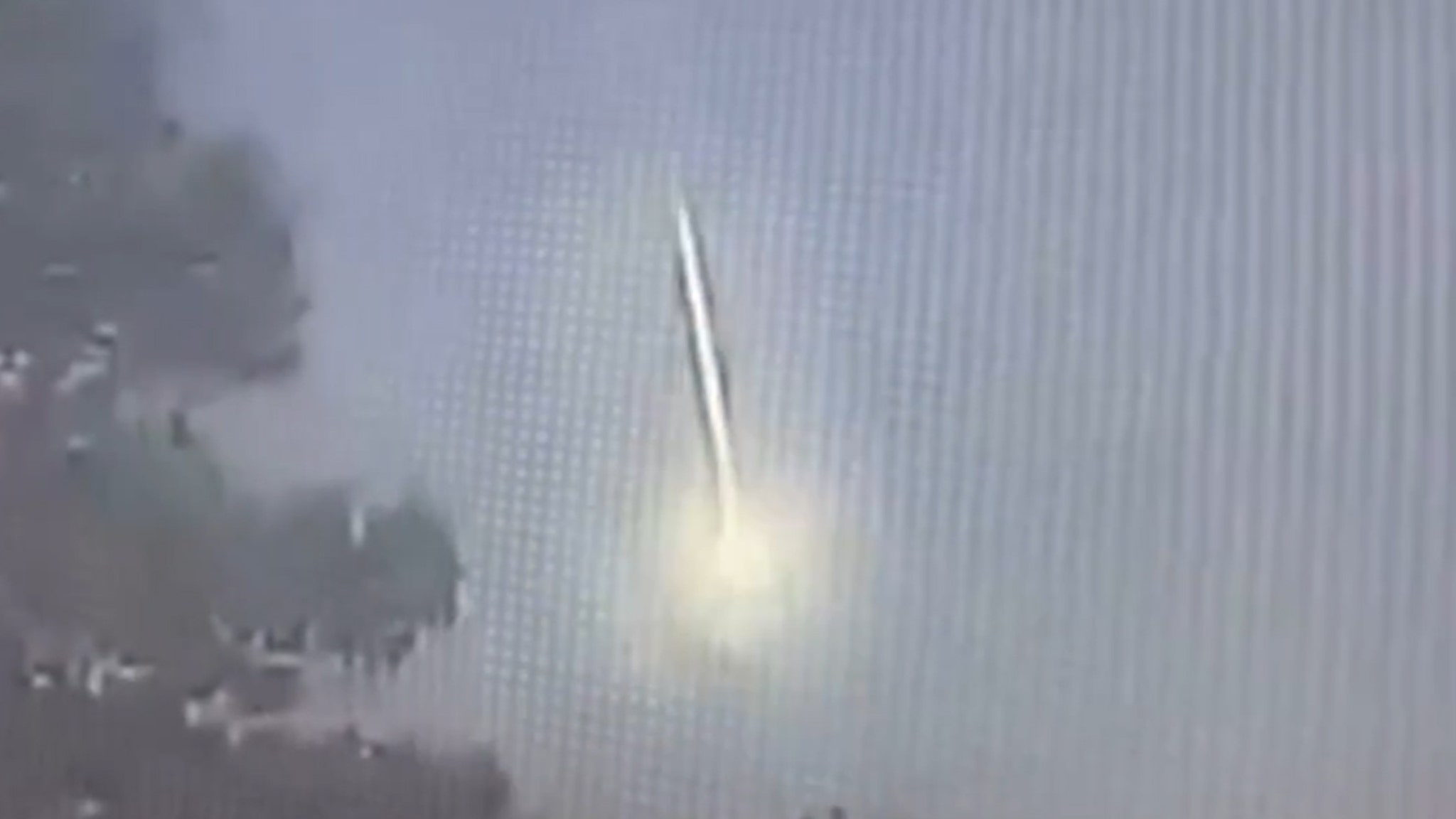Bogong Moths' Stellar Navigation: A Marvel of Nature

Each spring, billions of Bogong moths (Agrotis infusa) embark on an extraordinary migration across southeast Australia, traveling distances of up to 1,000 kilometers to reach a select few cool caves nestled in the majestic Australian Alps. This remarkable journey, which the moths undertake to escape the sweltering heat, marks a fascinating chapter in the study of navigation among insects.
Professor Eric Warrant, a distinguished researcher affiliated with Lund University, Australian National University, and the University of South Australia, remarked, “Until now, we knew that some birds and even humans could use the stars to navigate long distances, but this is the first time that it’s been proven in an insect.” The research highlights the exceptional navigational skills of Bogong moths, which utilize the stars as a compass to traverse vast distances, making adjustments based on both the season and the time of night.
Once they reach their destination, the moths enter a state of dormancy, seeking refuge in the cool, dark caves throughout the hot summer months. As autumn approaches, they make the arduous journey back to their breeding grounds, where they reproduce and ultimately perish.
To uncover the intricacies of this migratory behavior, researchers employed advanced flight simulators and conducted brain recordings within controlled environments devoid of magnetic interference. Their experiments revealed that when Bogong moths were exposed to natural starry skies without any magnetic fields, they consistently oriented themselves correctly according to the season—flying southward in spring and northward in autumn. Notably, when the starry sky was rotated by 180 degrees, the moths adjusted their flight direction accordingly. However, when the stars were obscured or scrambled, their sense of direction was lost.
Professor Warrant explained, “This proves they are not just flying toward the brightest light or following a simple visual cue. They’re reading specific patterns in the night sky to determine a geographic direction, just like migratory birds do.” Interestingly, even when clouds obscured the stars, the moths were able to maintain their navigational course by relying on the Earth's magnetic field, showcasing a sophisticated dual compass system that ensures their navigation is reliable even under varied environmental conditions.
In addition to their remarkable navigational abilities, the research team also examined the neurological underpinnings of this behavior. They identified specialized neurons within the moth's brain that respond to the orientation of the starry sky. These neurons, located in brain regions responsible for navigation and steering, exhibit heightened activity when the moth faces southward. “This kind of directional tuning shows that the Bogong moth brain encodes celestial information in a surprisingly sophisticated way,” noted Professor Warrant. “It’s a remarkable example of complex navigational ability packed into a tiny insect brain.”
The implications of this discovery extend beyond the fascinating world of entomology. The findings could have significant applications in various fields, including robotics, drone navigation, and conservation efforts aimed at protecting species threatened by habitat loss and climate change. In recent years, the populations of Bogong moths have faced a dramatic decline, leading to their classification as a vulnerable species.
This study not only emphasizes the need for the protection of migratory pathways for these moths but also highlights the importance of preserving the dark skies they depend on for navigation. As Professor Warrant succinctly stated, “This is not just about a moth — it’s about how animals read the world around them. The night sky has guided human explorers for millennia. Now we know that it guides moths, too.”
The groundbreaking study was recently published in the prestigious journal Nature.























